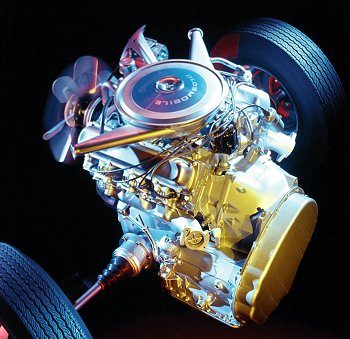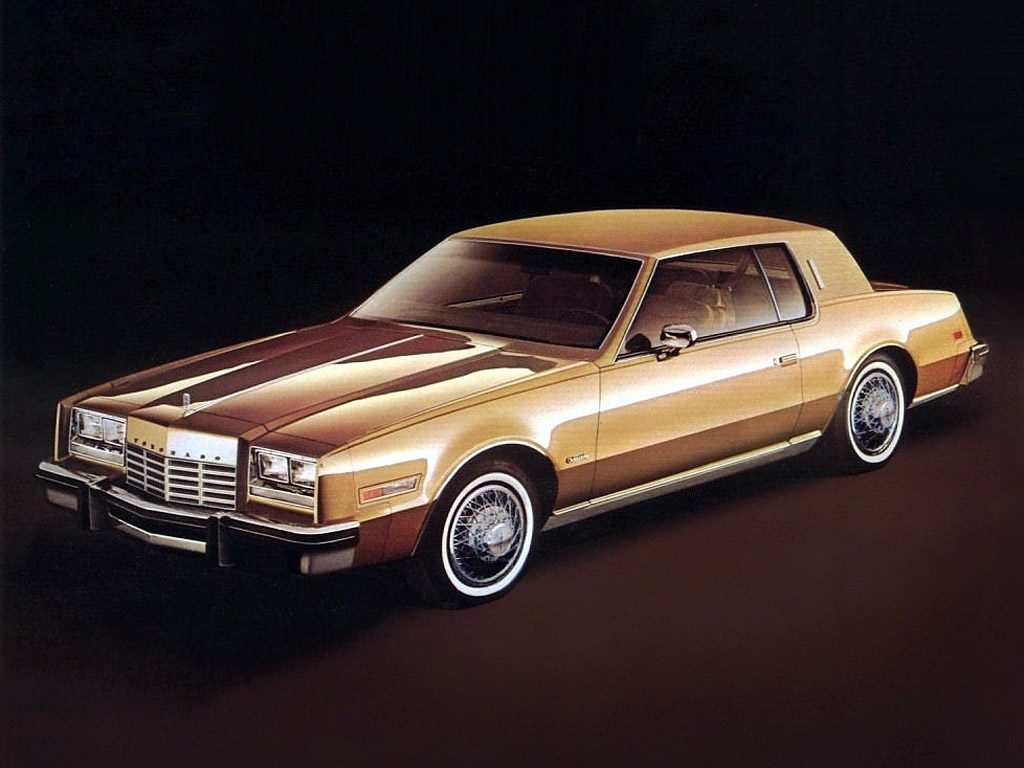Wiegert
Premium
- 13,377

- United Kingdom
1966-1970 Oldsmobile Toronado nominated by @titleguy1

Body Style: 2-door coupé
Engine: 7.0L "Rocket" V8
Power: 385 hp
Torque: 475 ft-lbs
Weight: 2039 kg
Transmission: 3-speed automatic
Drivetrain: Front-engine, front-wheel drive
Body Style: 2-door coupé
Engine: 7.0L "Rocket" V8
Power: 385 hp
Torque: 475 ft-lbs
Weight: 2039 kg
Transmission: 3-speed automatic
Drivetrain: Front-engine, front-wheel drive









